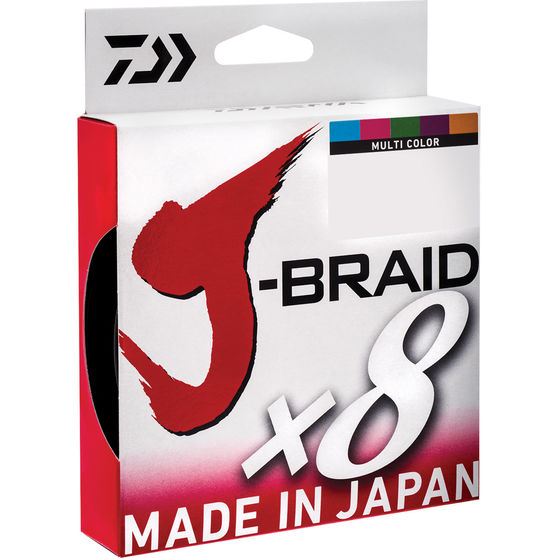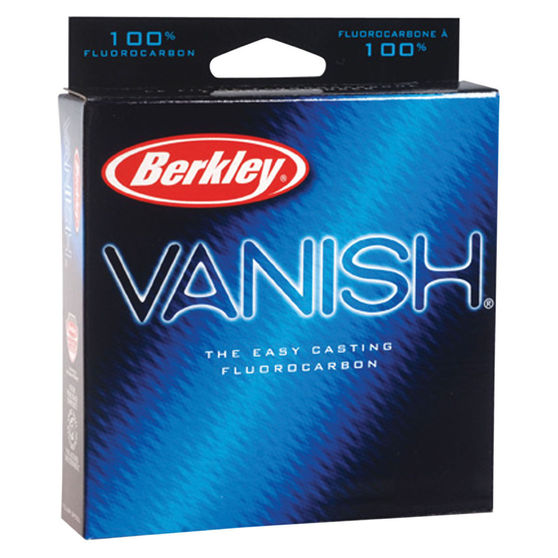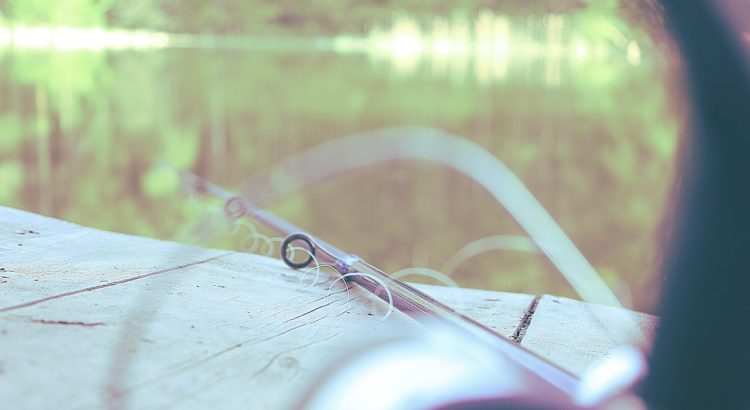Choosing the right fishing line can be a daunting process, From the common mono to the advanced braid lines there are so many questions that pop up in our heads.
When and what do we use while fishing? We kept it simple and to help you answer how to choose the right fishing line I’ve broken down and analysed each type.
Mono-filament Line

As the name suggests Mono-filament fishing line or ‘mono’ as commonly referred to is made up of a single strand of material.
Mono is commonly produced from different blends of nylon fused together into co and multi polymers. Various degrees of line are produced to suit different attributes including stretch, abrasion resistance and strength.
The Benefits of Mono-filament fishing lines
Easy on the pocket – Compared to other fishing lines, Mono-filament fishing lines by far are the least expensive.
Easy to handle – Mono-filament fishing lines are very easy to handle when it comes to tying knots and casting. Due to its flexible nature, this line type is great for beginner anglers and can be used in almost every fishing situation.
Stretch – The first thing you’ll notice with mono fishing line is how much it can stretch. Because of this, the line is fairly forgiving if you were to set the hook too hard or have the drag set too tight.
Shock Strength – Mono has the ability to absorb a lot of energy produced from big hooksets and while the fish is hooked and dishing out head shakes and runs. Shock strength is slightly different compared to stretch as we’re referring to the amount of energy the line can handle.
The Down Sides To Mono-filament Fishing Lines
Not Overly Sensitive – In comparison to Braid fishing line, monofilament fishing lines aren’t overly sensitive. This is due to the stretchy nature of the line. When it comes to detecting small bites and feeling what your lure is doing in the water this line type might not be the best option.
Wear and tear – Due to prolonged exposure to UV light and general wear and tear that comes about while fishing. Mono-filament fishing line will weaken quicker over time. I recommend changing your mainline at least once a year depending on how often you would go fishing.
Braid Line

Braided fishing line in recent years has been the go to for anglers due to it’s high sensitivity and strength in comparison to it’s diameter.
The Benefits of Braid fishing lines
Sensitivity is second to none – When it comes to Braid fishing line the sensitivity is great. You’ll feel every bite no matter what depth of water your fishing in. This is especially good for deep water fishing. From the small nibbles to your live bait jerking and swimming you’ll feel every bit of it at the end of your rod.
Abrasion Resistant – If I was to say fishing around rocky beds and heavy structure braid line won’t get cut off. I would be lying. Just like any other line, in the same situation, it would get cut off. But when it comes to wear and tear over time braid line would far outlast mono-filament or fluorocarbon lines. A big pro for braid also is that it won’t break down under UV light. Which means braid can be used for many fishing seasons to come.
Braid is a lot thinner – When it comes to line diameter alone, the braid would be miles ahead of mono-filament and fluorocarbon. If you were to compare a 20lb mono-filament line with a 20lb braid line you would significantly notice how thin braid line actually is. Because of this very reason, you would be able to spool a lot more fishing line onto your reel.
The Down Sides To Braid Fishing Lines
Minimal Shock Absorption – Once a fish has been hooked and makes a run or starts dishing out heads shakes. Shock absorption is very minimal and in my opinion, the action makes it more worthwhile. Of course, this also could mean the hook can be undone. Just
Hits harder on the pocket – One of the biggest drawbacks of Braid fishing line you will find is the cost. Compared to mono, Braid can be either two or three times the price.
Not all knots work with Braid Lines – Braid fishing line can be a difficult line to handle as some knots can easily slip and untie. When using Braid a bit of practise will be required to insure your knots are tight and secure. My recommendation is to tie the FG (Fine grip) knot if your joining Braid to either mono or Fluorocarbon and to hooks and swivels using a double unit knot.
High Visibility – Braid fishing line is very visible underwater and therefore I would recommend to either have a mono or fluorocarbon leader line.
Fluorocarbon Line

Often used as a go to leader line due to it’s very low visibility, strength and added weight for various applications.
Similar process to mono-filament fishing lines, Fluorocarbon is extruded from a single strand. One of the many differences is that the molecules in fluorocarbon are more tightly packed together. This results in a denser and noticeably heavier line.
The Benefits of Fluorocarbon fishing lines
Low Visibility – Due to almost having the same refractive index as water. Fluorocarbon fishing line becomes almost invisible once submerged under clear water. This is especially great when it comes to targeting very skittish and shy fish.
Sensitivity – When it comes to sensitivity, no other line can be compared to braid fishing line but fluorocarbon does hold its own. As it requires a significant amount of strength, enable to stretch the line. Fluorocarbon will give you the stealth of the line yet also the sensitivity to feel subtle bites that mono-filament lines lack.
Durability – Fluorocarbon fishing line in comparison to mono-filament fishing line is far more abrasion resistant if comparing the same diameter line. Unlike monofilament, fluorocarbon lines do not absorb water or are they affected by UV rays. This ensures we have the same strength and sensitivity from our first cast to our last.
Added weight of the line – One of the reasons why I often use fluorocarbon fishing line as a leader line is the added weight of the line. This helps me cast a lot further but also helps with sink rate as I often pair my fluorocarbon up with a braid mainline.
The Down sides To Fluorocarbon Fishing Lines
Manageability – Of the three lines, Fluorocarbon is the least manageable. This due to the line being a lot stiffer and has more memory compared to mono-filament or braid. Often you will find the line undoing itself very quickly if over spooled. This can be easily fixed with having an appropriately sized reel and avoiding over filling. Also, keeping your line tight helps.
Sink Rate – If targeting the top water column with topwater lures or small baits. Fluorocarbon fishing lines may not be ideal as they sink a lot faster compared to your mono or braid. But where they work really is if you’re achieving weightless presentations. On very calm days when offshore fishing you can get away with a very light setup due to the added weight from the line.
Shock Strength – The ability to soak up hard hook sets and head shake. Mono-filament lines will be the king in this category. But if you still want the stealth-like performance from fluorocarbon then it’s simple as just loosening up the drag a little bit extra.
What does my fishing line setup look like?
For me personally, I prefer the lightest setup I can get away with but also enable to land a big fish if it’s hooked. When targeting fish like whiting, Flathead, bream or even pinkies (juvenile snapper) I often use the same line with different variation rigs.
My go-to mainline is braid due to its high sensitivity and strength and I would pair this up with a fluorocarbon leader (approximately two-rod lengths worth). This ensures I have a much heavier and almost invisible leader to compensate for the braid.
One big piece of advice I would give to you is that when joining two different line types together my go-to knot is the FG (Fine Grip) knot. There have been numerous times I’ve seen my knot slip when snagged during the early days when I converted from mono to braid.

There was a time during my fishing career that I paid very little attention to the aspect that less glamorous of my fishing gear. I’d spend some thousands on the boat, electronics and also hundreds on rods, spoons, and plugs, yet I would neglect the very little things like hooks, swivels and, most importantly, line. After all, if you think about it, the most important or critical component of your fishing equipment might be the line itself.
Awesome post Vinnie.
Regards
Hi Jordan,
Thank you for dropping a comment. Sometimes the most important things can also be the most basic. Which often gets overlooked.
Cheers,
Vinnie